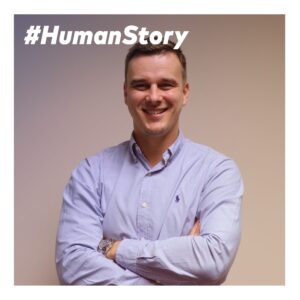
Human story – Gatis Svarcs
The past year has been a huge turbulance for everyone turning upside down jobs, businesses, home and people private lifes. Challenges on every step. To
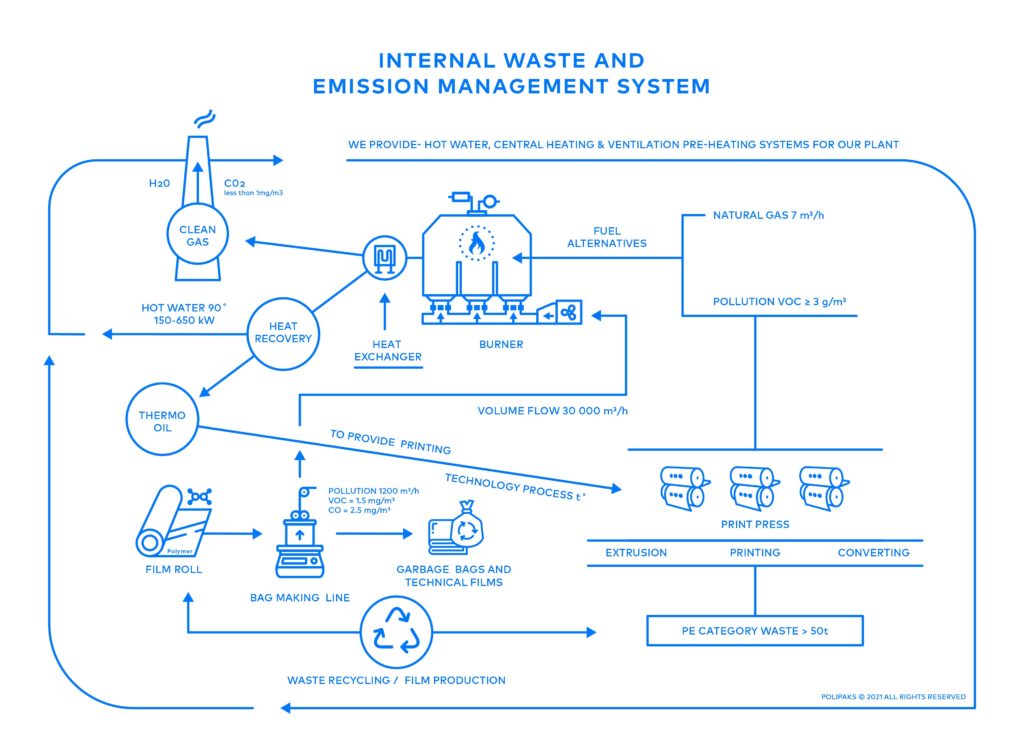

The past year has been a huge turbulance for everyone turning upside down jobs, businesses, home and people private lifes. Challenges on every step. To
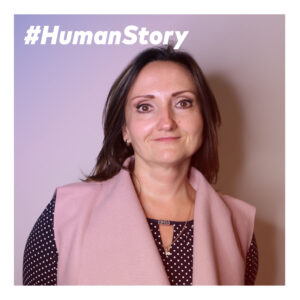
Business statistics, numbers and economics is like an x-ray that tells how it is operating and where processes are efficient enough and were they might
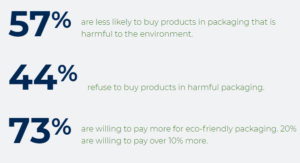
Young generation choose more sustainable packaging Offering significant potential for brand owners, packaging converters and suppliers, the flexible packaging market continues to grow due to
© 2020 All rights reserved
| Properties | Value* |
|---|---|
| Sealing | |
| Mechanical properties | |
| Oxygen Transmission Rate | |
| Water Vapour Transmission Rate | |
| Optical clarity for transparent films |
*1 – low, 3 -high
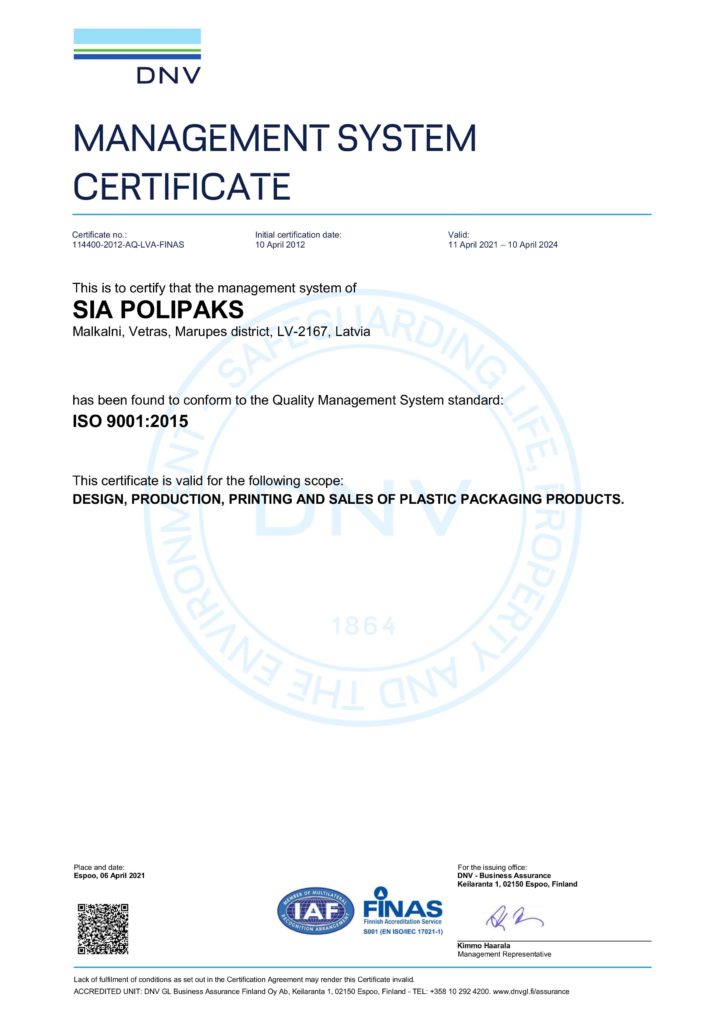
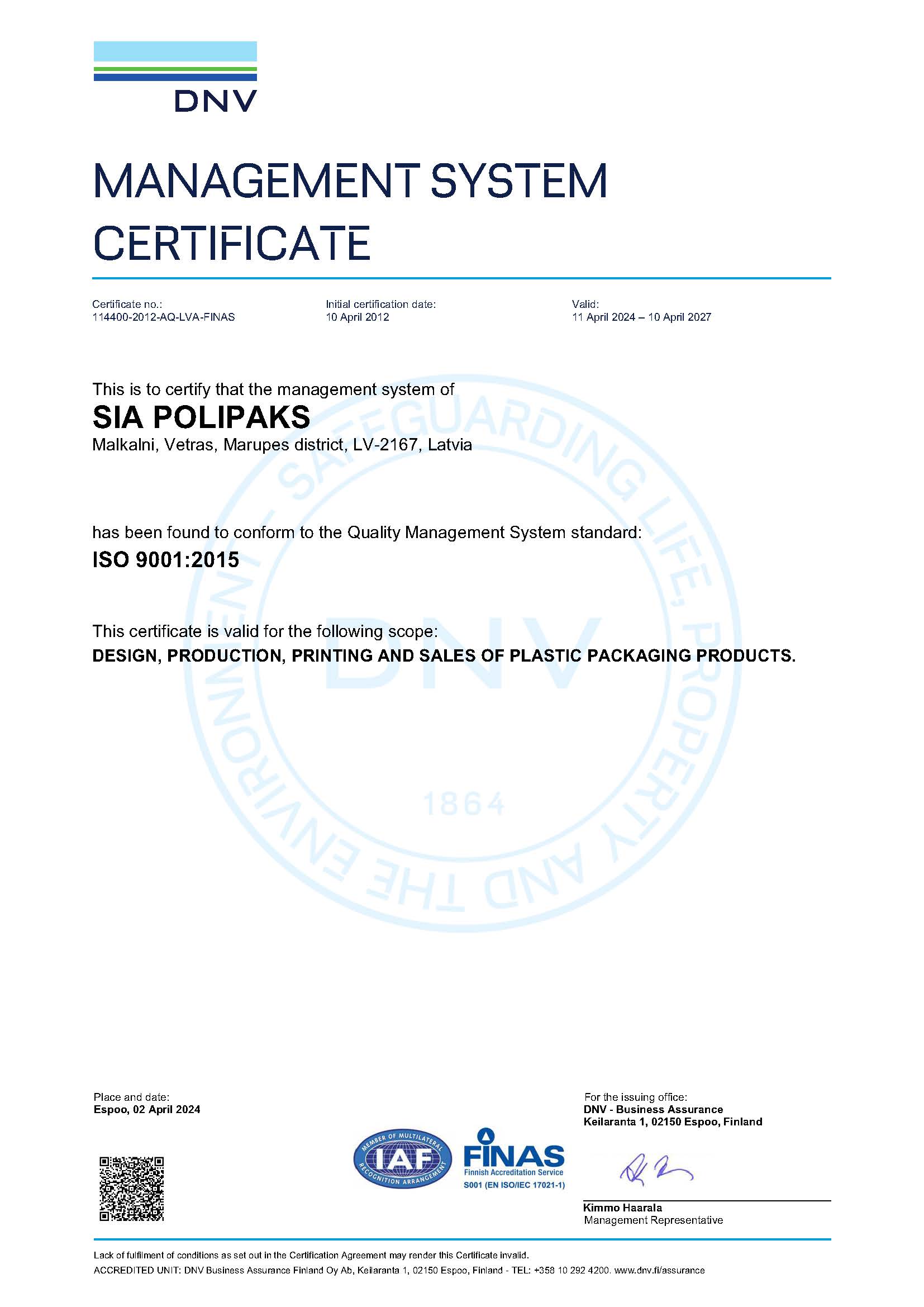
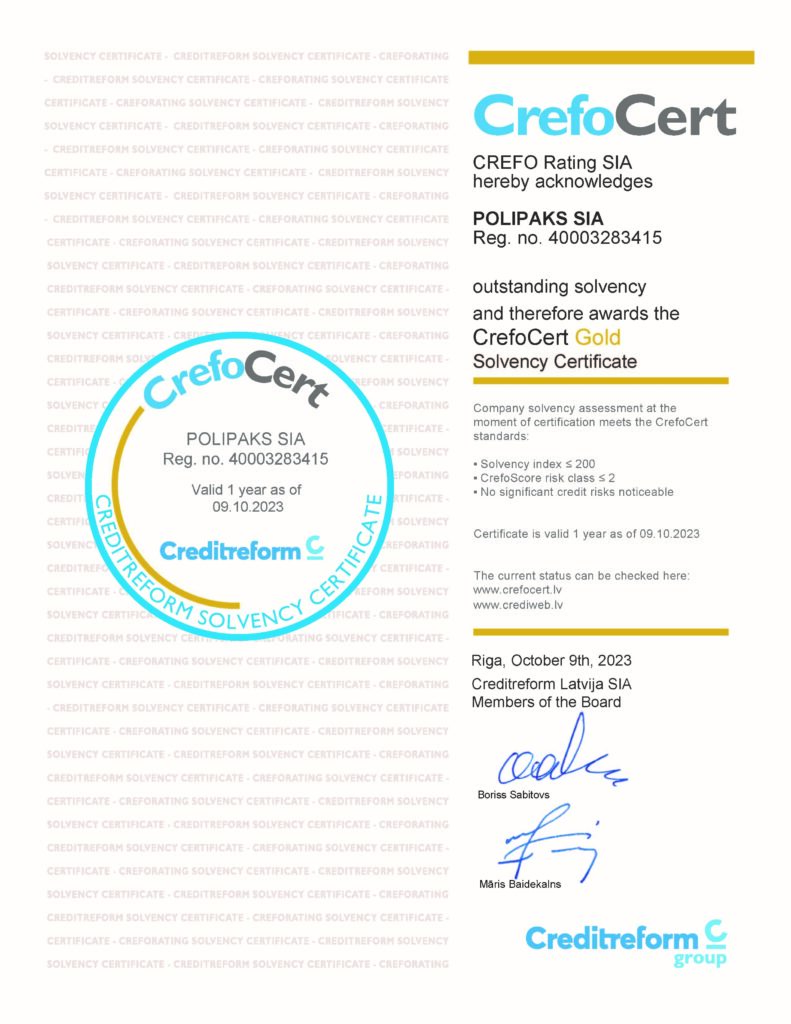
| Properties | Value* |
|---|---|
| Sealing | |
| Mechanical properties | |
| Oxygen Transmission Rate | |
| Water Vapour Transmission Rate | |
| Optical clarity for transparent films |
*1 – low, 3 -high
| Properties | Value* |
|---|---|
| Sealing | |
| Mechanical properties | |
| Oxygen Transmission Rate | |
| Water Vapour Transmission Rate | |
| Optical clarity for transparent films |
*1 – low, 3 -high
| Properties | Value* |
|---|---|
| Sealing | |
| Mechanical properties | |
| Oxygen Transmission Rate | |
| Water Vapour Transmission Rate | |
| Optical clarity for transparent films |
*1 – low, 3 -high
| Properties | Value* |
|---|---|
| Sealing | |
| Mechanical properties | |
| Oxygen Transmission Rate | |
| Water Vapour Transmission Rate | |
| Optical clarity for transparent films |
*1 – low, 3 -high
| Properties | Value* |
|---|---|
| Sealing | |
| Mechanical properties | |
| Oxygen Transmission Rate | |
| Water Vapour Transmission Rate | |
| Optical clarity for transparent films |
*1 – low, 3 -high